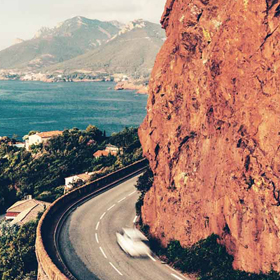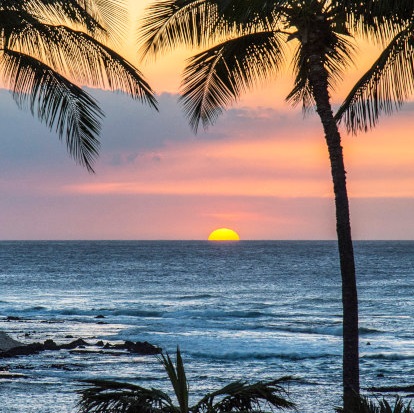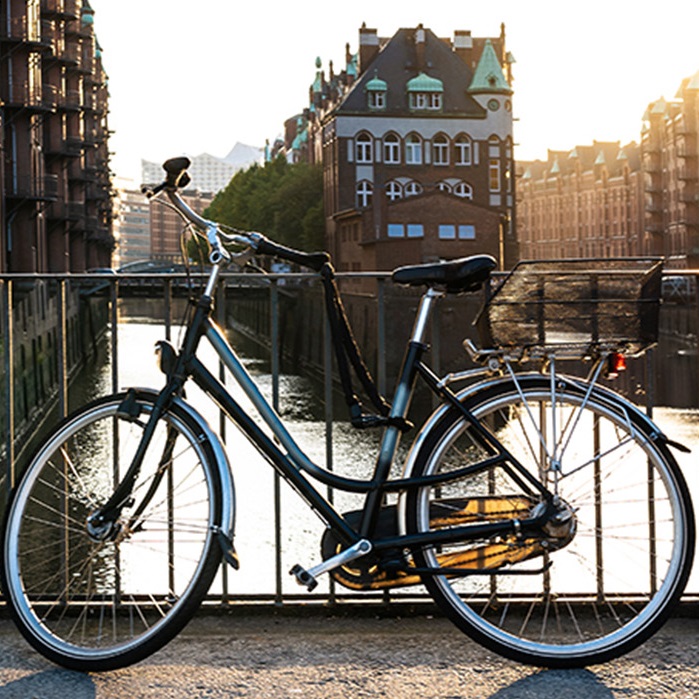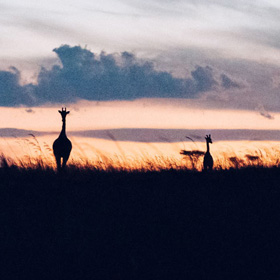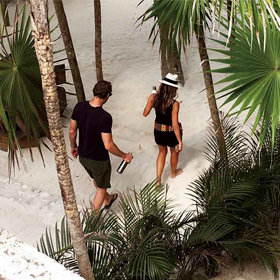Whatever the season, Croatia delivers on the wow factor whether it's snow blanketing the inland areas, spring flowers carpeting the countryside or the sun slathering the coast. But we want to make the case for Croatia in September. Boasting the best of summer’s weather, a fraction of its crowds and autumn’s first foliage, it’s one of our favourite months to visit the Balkan beauty. Not convinced? Read on to discover why September should be on your radar.
1. Balmy beach weather
2. Verdant national parks
3. Harvest season
4. Historic sites
5. Fewer tourists
Balmy beach weather
Croatia’s coastline is captivating at any time of year, but it truly shines in September. And the Dalmatian coast – stretching over 200 miles from Zadar to Dubrovnik – is the jewel in its crown. Here, beach season runs until mid-October, with the sun-soaked sands enjoying mid-20°Cs temperatures – perfect for whiling away the hours. It’s near impossible to resist the sparkling Adriatic Sea, which is at its warmest thanks to months spent under the hot summer sun. When it comes to choosing a slice of Croatia’s sand, sun-seekers are spoilt for choice. Along with the mainland coast, the surrounding cerulean Adriatic is strewn with 79 islands and islets, from cultural Korcula to laidback Lastovo. Our favourite Dalmation delights include Stiniva Beach in Vis, a secluded cove framed by high cliffs; the pine-forest-clad Saplunara Beach in Mljet; and the pretty pebbled curve of Divna Beach in the Peljesac peninsula. Dreamy.

Image by Olivier Romano
Verdant national parks
When visiting Croatia in September, most make a beeline for the coast (and who can blame them?). But for those in the know (that’s us), September is also a wonderful time to head inland and discover Croatia’s impressive nature. Take the country’s oldest and largest national park, Plitvice Lakes, a magical place where 16 turquoise lakes mingle with cascading waterfalls and vibrant greenery. September sees smaller crowds than summer, so you can wander Plitvice’s winding wooden walkways without jostling for space. Krka National Park is another natural beauty with a must-see attraction: the tumbling Skradinski Buk waterfall. With lush vegetation and scenic trails at every turn, the park is also a haven for diverse flora and fauna. Worked up a sweat? There’s even a handful of designated swim spots. Later in the month, visitors are treated to the first ochre, amber and crimson shades of autumn’s famous foliage.
Harvest season
Food fanatics and vine virtuosos, listen up. September is harvest season in Croatia, so there’s no better time to taste delicious local produce. Need we say more? Early in the month, you can feast on the final glut of jammy purple figs, or for those with a savoury palate, head to the nation’s north – to the beautiful Istrian peninsula – for the start of truffle season. Istria is stuffed full of truffle celebrations in September, whether you’d rather partake in hunting them or tasting them (its white truffle is world-renowned). This region is well-known for its sprawling vineyards and olive groves, too. Experience the Grape Days in Buje to celebrate Croatia’s rich winemaking culture, taste Istrian extra virgin olive oil at family-run groves, pedal among the region’s gently rolling hills and sample the local wines – your tastebuds will thank you.

Image by Gunter Standl/LAIF-REA
Historic sites
Croatia is chock-full of historical sites. Yet, sightseeing is probably the last thing you feel like doing in the sweltering summer months. History buffs should visit Croatia in September to take advantage of cooler (but still lovely) temperatures towards the end of the month. It’s the perfect weather for perusing the likes of Diocletian’s Palace in Split – a fascinating ancient Roman fortress akin to an open-air museum. Or perhaps walking the perimeter of Dubrovnik’s city walls sounds more up your street? Not only do September’s temperatures lend themselves to lingering at the cinematic views, but there are fewer visitors to ruin said sites: you’ll feel smug as you gaze out over the crowd-free, terracotta-tiled alleyways in the UNESCO-recognised old town. Croatia’s historical delights dot the north, too; the Istrian city of Pula is home to a magnificent Roman amphitheatre, the site of many ancient gladiatorial battles and one of the best-preserved in the world.
Fewer tourists
One of the best things about travelling to Croatia in September? Fewer people, of course. Sadly, this nation is no stranger to overtourism. In Dubrovnik, there are a whopping 27 visitors for every inhabitant – and nowhere is this more prevalent than in summer. But as September rolls around, the crowds begin to thin out. Cruise ship numbers dwindle on the Dalmatian coast, children are back to school (which means fewer family holidays) and young partygoers are back to university (hello, tranquil Hvar). With fewer tourists around, you’ll enjoy more affordable and varied accommodation, along with more meaningful interactions with locals who can go about their daily lives away from summer’s rush. There’s also greater availability for tours, activities and restaurants, so you can forget lengthy queues and welcome a leisurely pace of travel. In short, September is the solution.

Image by Rainer Hackenberg/VISUM-REA
Written by Hannah Whitehall | Header image by Ana Kutija

